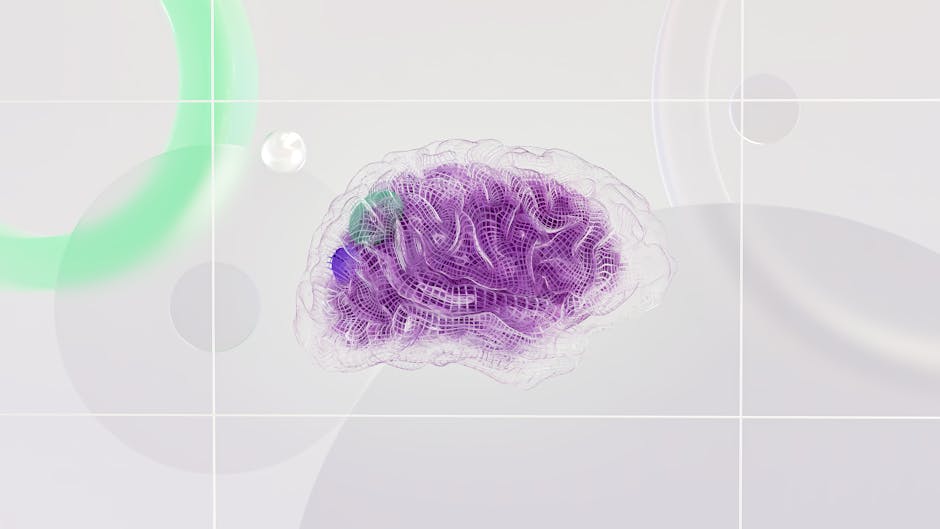Beyond the Mouse: Autodesk AI Generates CAD Objects from Text Prompts, Ushering in a New Era of Design

The world of design and engineering is on the cusp of a profound transformation, driven by the relentless march of artificial intelligence. We've seen AI revolutionize everything from content creation to data analysis, and now, it's poised to redefine how we bring physical objects into existence. The latest groundbreaking development comes from Autodesk, which has announced a revolutionary AI technology capable of generating CAD objects directly from text prompts.
This isn't just an incremental update; it's a fundamental shift in the design paradigm, promising to unlock unprecedented levels of creativity, efficiency, and accessibility in the product development lifecycle.
The Dawn of Conversational Design: From Clicks to Concepts
For decades, Computer-Aided Design (CAD) software has been the cornerstone of product development, enabling engineers, architects, and designers to meticulously craft digital models. This process, while incredibly powerful, demands deep technical skill, precise input, and a significant investment of time. Every line, curve, and surface is typically drawn or manipulated manually, often requiring an intimate understanding of complex software interfaces.
Autodesk's new AI technology fundamentally alters this workflow. Imagine a world where you no longer need to navigate intricate menus or master complex geometric commands. Instead, you simply describe your design intent in natural language – a text prompt – and the AI interprets your words, translating conceptual ideas into tangible, three-dimensional CAD objects. This is the core innovation: moving from a highly manual, detail-oriented input method to a high-level, conceptual conversation with the design tool itself.
How Text Prompts Redefine the Design Process
Consider the potential: instead of sketching a chair and then painstakingly modeling each component, a designer could simply type, "Design an ergonomic office chair with a breathable mesh back, adjustable lumbar support, and sleek aluminum armrests." The AI, powered by sophisticated algorithms, would then generate a detailed 3D CAD model that embodies these specifications. This capability goes far beyond simple shape generation; it suggests an understanding of functional requirements, material properties (where specified), and aesthetic preferences.
This approach democratizes design, making advanced modeling accessible to a broader audience, from seasoned professionals looking to accelerate ideation to entrepreneurs and even casual users with a vision but lacking traditional CAD expertise.
Societal Impact: Accelerating Innovation and Democratizing Creativity
The implications of Autodesk's AI technology extend far beyond individual design workflows, touching various sectors and promising significant societal impact:
- Accelerated Innovation: By dramatically shortening the ideation and prototyping phases, companies can bring new products to market faster, respond more quickly to consumer demand, and explore a wider array of design possibilities.
- Democratization of Design: The barrier to entry for complex 3D modeling is significantly lowered. This empowers a new generation of creators, enabling individuals without formal CAD training to turn their ideas into reality, fostering innovation at grassroots levels.
- Enhanced Collaboration: Non-technical stakeholders – marketing teams, clients, project managers – can articulate their design needs in plain language, receiving immediate visual feedback. This bridges communication gaps and ensures design intent is captured more accurately from the outset.
- Personalization and Customization: The ability to generate unique CAD objects on demand from specific text prompts opens new avenues for mass customization, allowing businesses to offer highly personalized products tailored to individual customer preferences.
- Efficiency in Complex Projects: For architects and engineers tackling highly complex structures or systems, the AI can assist in generating intricate components or entire assemblies, freeing human experts to focus on higher-level problem-solving and optimization.
Specific Benefits for Users: More Creativity, Less Tedium
For the individual user, whether a professional designer or an aspiring creator, Autodesk's AI technology offers tangible benefits:
- Rapid Iteration and Exploration: Designers can quickly generate multiple design variations by tweaking a text prompt, allowing for extensive exploration of concepts in a fraction of the time it would take manually. This encourages bolder experimentation and helps identify optimal solutions.
- Reduced Learning Curve and Increased Focus: New users can bypass the steep learning curve traditionally associated with CAD software, focusing directly on their creative vision rather than software mechanics. Experienced users are freed from repetitive, tedious tasks, allowing them to dedicate more time to strategic thinking and problem-solving.
- Bridging the Skill Gap: The technology can act as a powerful assistant, helping less experienced designers achieve professional-grade results or enabling experts to delegate routine modeling tasks to the AI.
- Enhanced Productivity: By automating the initial stages of 3D modeling, designers can significantly boost their productivity, taking on more projects or dedicating more time to refinement and optimization.
The announcement from Autodesk signifies a monumental step towards a future where design tools are not just instruments, but intelligent collaborators. The ability to generate CAD objects from simple text prompts represents a paradigm shift, moving us closer to a world where our ideas, spoken or written, can almost instantly take digital form, ready to be refined, analyzed, and ultimately, brought into the physical world. This is truly a new era in design, where creativity is amplified by the power of AI.
Comments
Post a Comment